14 March 2025
Remember the days when gaming didn’t hold your hand? When progress wasn’t a neatly paved road lined with checkpoints, tutorials, and difficulty sliders? If you played games in the ’80s or ’90s, you know exactly what I mean. Back then, games were unapologetically hard. They didn’t care if you rage-quit, yelled at the TV, or tossed your controller across the room. And, strangely enough, that’s part of what made them so special.
So, what was it about retro games that made them so tough? Why do we still reminisce about those pixelated challenges today? Let’s dive into how difficulty defined retro titles and why they remain unforgettable.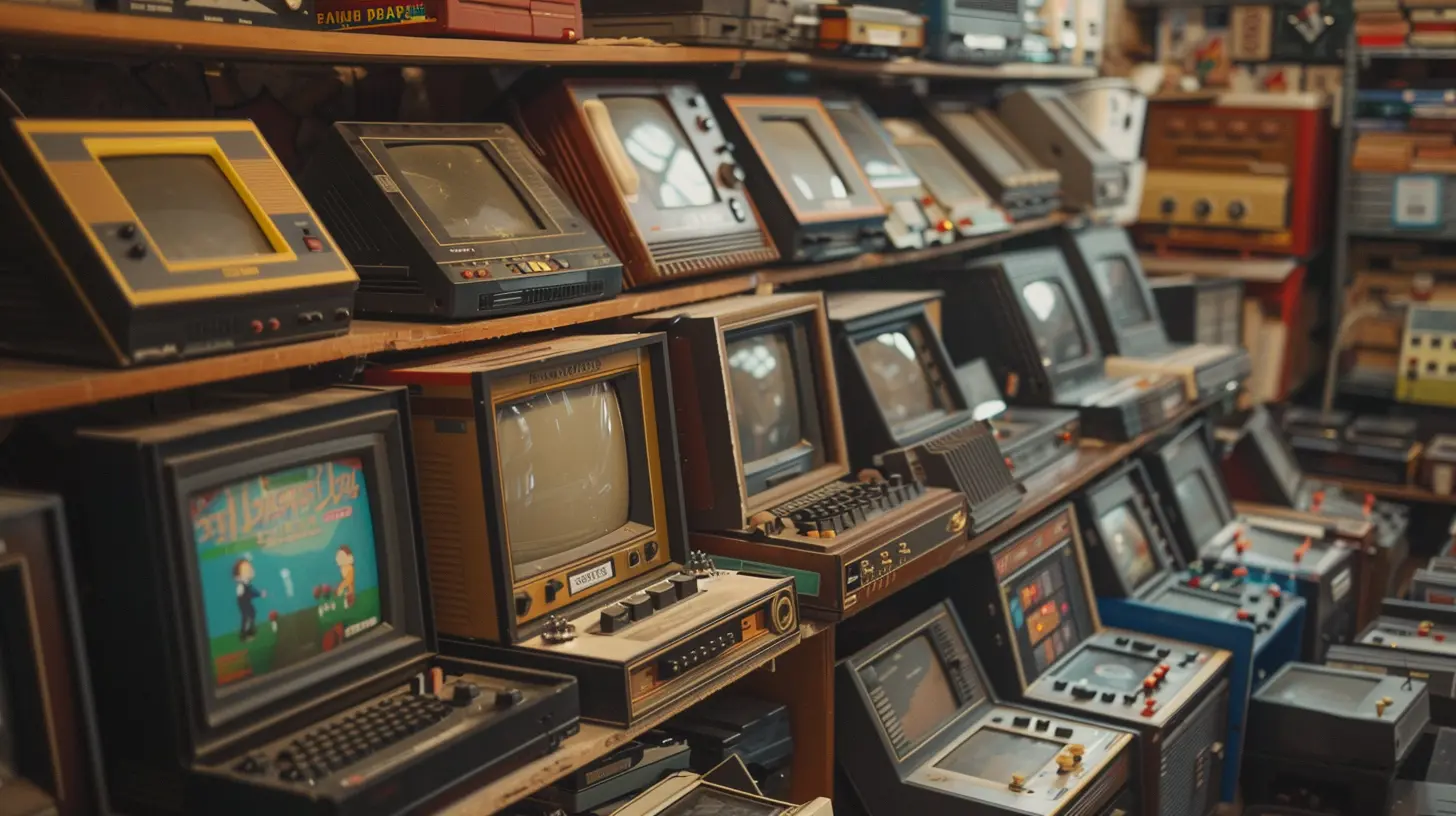
The Brutal Beauty of Retro Games
Let’s face it—gaming wasn't always user-friendly. Retro games thrived on punishing mechanics and trial-and-error gameplay. If modern games are like well-oiled machines designed to accommodate you, retro games were more like unyielding obstacle courses. They tested your patience, reflexes, and maybe even your sanity.But here’s the thing: their difficulty wasn’t just there to frustrate you. It was intentional. It was part of the design philosophy. These games were built to push players to their limits and make success feel earned. Think about it: wasn’t finally beating a tough level or boss in those days one of the most satisfying feelings ever?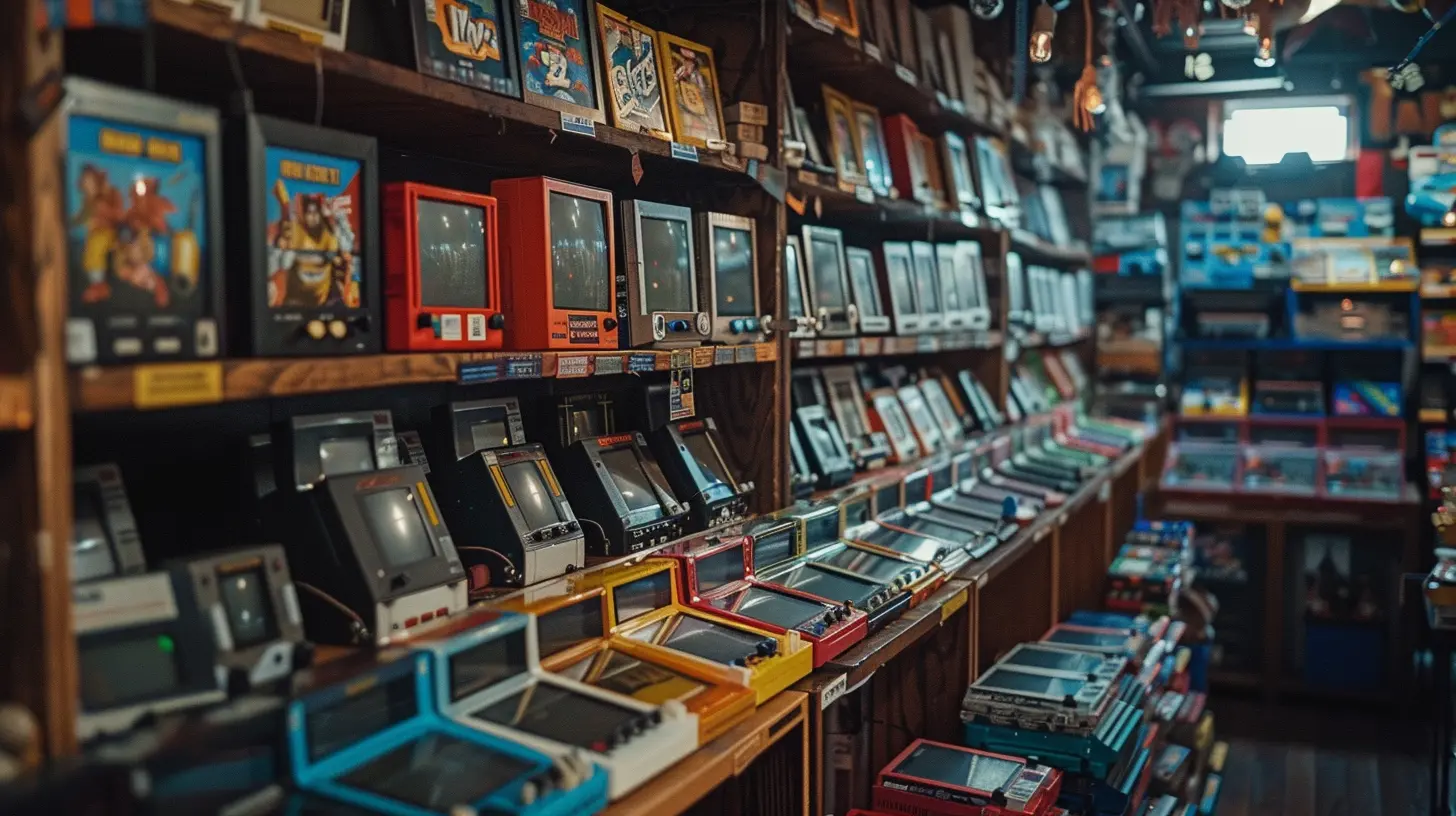
Why Were Retro Games So Hard?
If you’ve ever wondered why retro games felt like trials by fire, there are a few reasons. Spoiler alert: it’s not just because developers were sadists (well, maybe a little).1. Arcade Roots and "Quarter Munchers"
Many early games found their origins in arcades. Back then, the goal was simple: keep players popping quarters into machines. How did they achieve that? By making the games ridiculously hard. Deaths were frequent, and retries came at a cost—literally.Even when those games eventually made their way to home consoles, they kept their punishing difficulty intact. Developers didn’t yet have a roadmap for how to adapt the arcade formula, so they just brought it home.
2. Hardware Limitations
Believe it or not, the limitations of early gaming hardware also played a big role in game difficulty. Early consoles didn’t have the storage capacity or processing power to create sprawling, detailed games. Instead, developers focused on making short, challenging experiences.Since a game might only have a handful of levels, making them hard was a way to extend playtime. If gamers could breeze through a game in one sitting, they’d feel cheated. Difficulty was an artificial way to add value.
3. Replayability and Memorization
Retro games leaned heavily on what I like to call the “Git Gud” philosophy. You weren’t supposed to beat the game in one go. Instead, you’d play, fail, and memorize patterns, eventually mastering the mechanics.Think of games like Mega Man or Castlevania. Progress wasn’t about luck—it was about muscle memory. Mastering those games felt like learning a skill, and that’s what kept players coming back for more.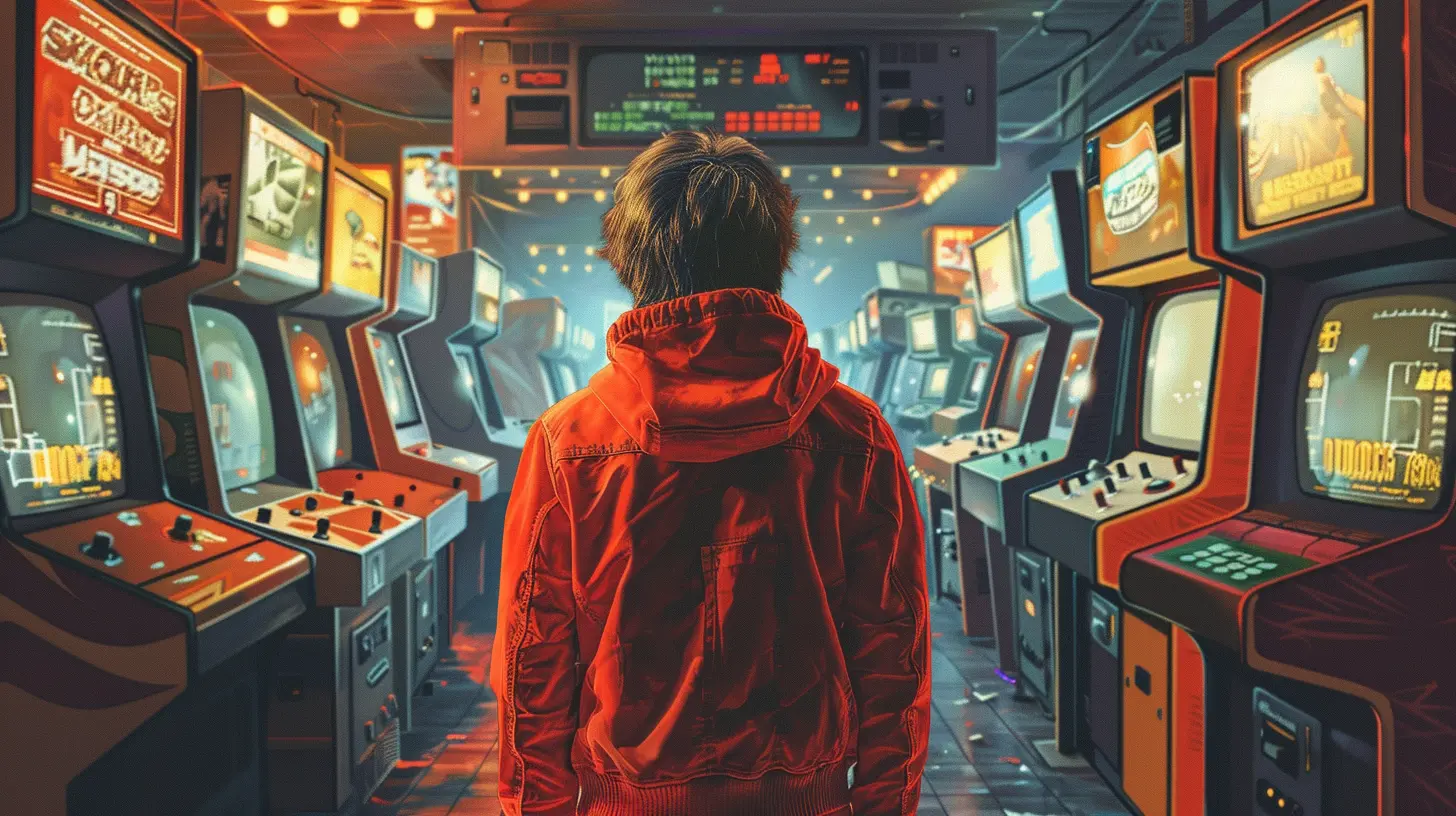
Examples of Punishingly Difficult Retro Titles
Let’s revisit some of the classics that pushed gamers to their breaking points. These games didn’t just make players sweat—they made them rage. But oh, did we love them for it.1. Contra (1987)
“Up, Up, Down, Down, Left, Right, Left, Right, B, A, Start.” Sound familiar? The Konami Code became a lifeline for players of Contra, a game notorious for its brutal difficulty. One hit, and you were toast. Couple that with waves of relentless enemies, and it’s no wonder this run-and-gun classic became synonymous with frustration.2. Battletoads (1991)
Ah, Battletoads. If you ever made it past the Turbo Tunnel level, congratulations, you’re in an elite club. This beat-’em-up was infamous for its insanely hard vehicle sections that required superhuman reflexes. And let’s not even talk about playing in co-op mode and accidentally hitting your partner.3. Ghosts ‘n Goblins (1985)
Imagine battling through hordes of monsters, only to find out at the end that the princess was in another castle—or worse, that you had to beat the whole game again on a harder difficulty to see the true ending. That was Ghosts ‘n Goblins in a nutshell. Masochistic? Maybe. Memorable? Absolutely.4. Ninja Gaiden (1988)
The original Ninja Gaiden series was a masterpiece of fast-paced action and hair-pulling difficulty. Enemies respawned the second you moved backward, jumps required pixel-perfect precision, and the bosses? Let’s just say they didn’t play nice. Yet, beating it felt like a badge of honor.
The Appeal of Hard Games: Then and Now
Now here’s the million-dollar question: why did we put up with this madness? What made these brutally tough games so appealing?1. That Sweet Sense of Accomplishment
There’s nothing quite like the high of conquering a game that’s been kicking your butt for hours. Modern games with checkpoints every 30 seconds just don’t deliver the same rush. In retro games, every victory felt well-earned, and that’s addictive.2. Bragging Rights
Back then, gaming wasn’t just about having fun—it was also about showing off. Beating a game like Contra without using cheats was the ultimate flex. It was proof that you had the skills to hang with the best.3. Community and Shared Struggles
Maybe you couldn’t Google a walkthrough in 1988, but you could swap tips with friends on the playground. Retro games created a unique sense of camaraderie among players. We bonded over our shared pain and helped each other figure things out.Why Retro Difficulty Still Matters Today
In an era where many games prioritize accessibility, retro-style difficulty is making a comeback. Titles like Dark Souls and Cuphead have proven that there’s still a market for challenging gameplay. But why?Challenge Builds Character
Hard games teach us patience, resilience, and problem-solving skills. They force us to think differently, adapt, and persevere. Sure, they might make us scream into a pillow every now and then, but the sense of achievement makes it all worth it.Nostalgia and Simplicity
There’s something undeniably charming about the simplicity of retro games. No fluff, no filler—just pure, unfiltered gameplay. It’s like comparing fast food to a home-cooked meal. Modern games are polished and convenient, but retro games have that homemade flavor that makes them feel special.A Shift in Perspective
Hard games remind us of where gaming came from; they’re a time capsule of an era when games were raw and unforgiving. They stand as a testament to how far gaming has evolved and, at the same time, highlight the timeless appeal of a good challenge.Final Thoughts
When games were harder, they weren’t just trying to punish us—they were teaching us. They taught us patience, determination, and the joy of overcoming obstacles. Whether we were yelling at Contra or sweating through Ninja Gaiden, those experiences are burned into our memories for a reason.Sure, modern games have their merits, but there’s a reason why retro titles continue to be celebrated. They may have been tough as nails, but that’s exactly why we loved them—and why we still do.
So the next time you’re breezing through a game, take a moment to appreciate the struggle of the early days. Who knows? Maybe it’s time to dust off that old NES and see if you’ve still got what it takes.



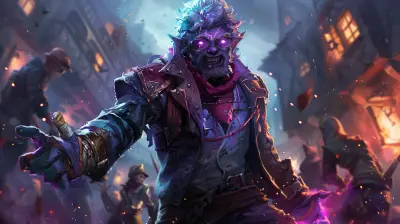
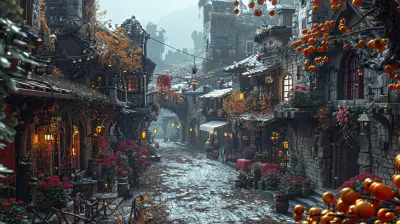
Mindy McGillivray
This article beautifully highlights how the challenge of retro games shaped our gaming experience. Those tough levels fostered resilience and creativity, making victories feel earned and truly rewarding. Nostalgia at its best!
March 25, 2025 at 5:50 AM